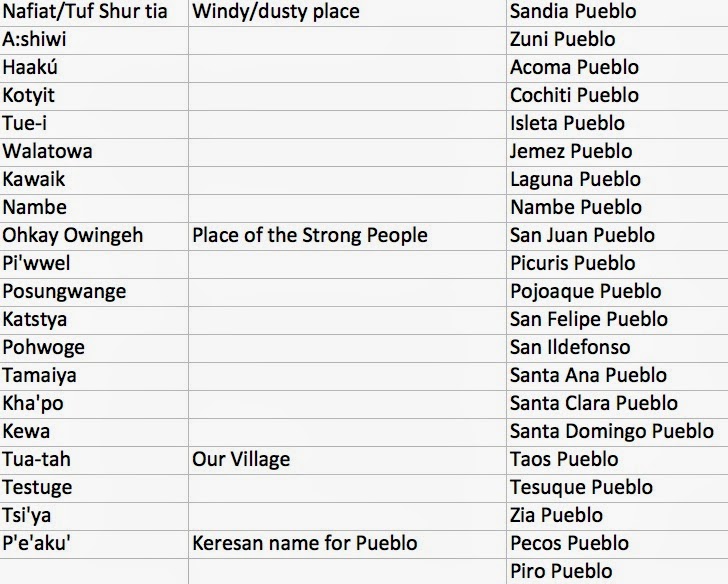Some months ago, I began to see information about Aaron Carapella's map, "Native American Nations - Our Own Names & Locations." It is an admirable and ambitious project, and it held a great deal of promise... But.
The ways in which Carapella writes about the project is a bit off-putting. For example, he writes that "We also honor the Indigenous Nations of this land by giving them ownership of their own names for themselves." I don't know who "we" is (Carapella and his team?) but how do they have the power to give any nation ownership of its own name? Doesn't that sound a bit silly? It is not a small point. The whole point of the map, as I understand it, is to make it clear that Native Nations had concepts of nationhood prior to European contact. That included the names they used--and use--for themselves. Saying that he gives them ownership of their own names does the same thing outsiders did.
The map itself, he tells us, has the "original names" that a nation used (Numuunu instead of Comanche), but that sometimes, the name on Carapella's map is a "given name" because the original one is not known. As far as I can tell, the map itself does not tell us which ones are original and which ones are given.
Because of the massive amount of inaccurate information about American Indians that circulates in a wide range of media, it is especially important that a map such as Carapella's be accurate. I took a look at the part of the map that has Pueblo Indians on it. Carapella shows the current pueblos (some of them are not in what I deem "accurate" locations), but he's also got one on there (Piro) that he would probably put in his "numberless" category -- which I take to be no longer in existence. I think that Piro ought to be in a different font so that we know it is "numberless."
I cross checked the spellings he used for the pueblos and found several errors. That's too bad. That information is easy to get from the Indian Pueblo Cultural Center. In my cross-check, it looks like it may have been Carapella's source, but I could be wrong. Still, those spelling errors make me wonder about the spelling of other Indian nations on the map. From a colleague, I learned that Carapella made similar errors with tribes in California.
If you bought a map already and want to make corrections to the errors for the Pueblo Nations, you can do this as a learning activity with students. First, get out Carapella's map. Second, look at the spreadsheet below (downloadable from Carapella's site). The right column is what Carapella calls "given" names. Third, find that given name on the website for the Indian Pueblo Cultural Center and see what is listed there as the "traditional" name for that tribe. Fourth, see if it matches what Carapella has on his map. If not, make a correction.
You could also look at the tribal seal. For example, on the page for Nambe, the traditional name is listed as "Nambe" but our complete name is on the tribal seal: "Nambe O'Ween'Ge."
As noted above, Carapella's project is ambitious and has a great deal of potential but I think it needs some visual way of conveying important information ("given" versus "original" names; existing versus "numberless" tribes) and I also think it needs to be sourced.




